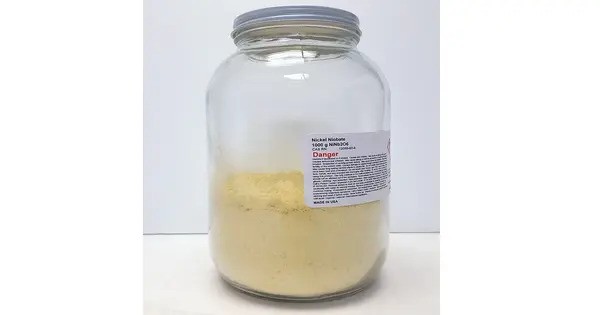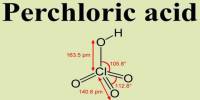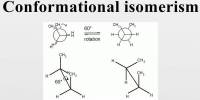Nickel niobate is a complex oxide which as a solid material has found potential applications in catalysis and lithium batteries. It belongs to the class of perovskite-like materials and is often studied for its interesting physical and chemical properties. It is a material with promising electrical and magnetic properties, making it an area of interest for various technological applications, particularly in the fields of electronics, memory storage, and sensors.
Properties
Nickel Niobate is known for its ferroelectric properties, which means it can exhibit spontaneous polarization and is useful in electronic and optical applications. It has a high dielectric constant, making it useful in capacitors and other electronic components.
- Chemical formula: Nb2NiO6
- Molar mass: 340.50256 g/mol
- Appearance: Yellow powder
Complexes
Nickel niobate has been added to other elements forming bismuth nickel niobate (Bi2O3-NiO-Nb2O5), providing a dense ceramic body at low sintering temperatures. Cubic pyrochlore, tetragonal pyrochlore, and other unknown phases were found.
Single-phase perovskite ceramics of Pb(Ni1/3Nb2/3)O3 (PNN) have been prepared by the columbite precursor method. Dielectric studies showed that ceramic Pb(Ni1/3Nb2/3)O3 is a typical relaxor ferroelectric with properties like those of its single-crystals.
Synthesis
Nickel Niobate can be synthesized using methods like solid-state reaction, sol-gel techniques, or chemical vapor deposition. The exact synthesis route often depends on the desired properties and application.
Applications
Nickel niobate has been examined for use as a catalyst to reduce 4-nitrophenol due to a photo-synergistic effect that exploits the synergy between thermal active sites and photogenerated electrons.
- Dielectric Capacitors: Due to its high dielectric constant, it has potential applications in capacitors, especially those needing high stability and low losses.
- Multiferroic Materials: The combination of ferroelectric and magnetic properties makes it interesting for potential use in multiferroic devices, which could lead to advances in memory devices, sensors, and actuators.
- Electro-optic Devices: Its ability to polarize and respond to electric fields can also make it useful in certain electro-optic applications.
















